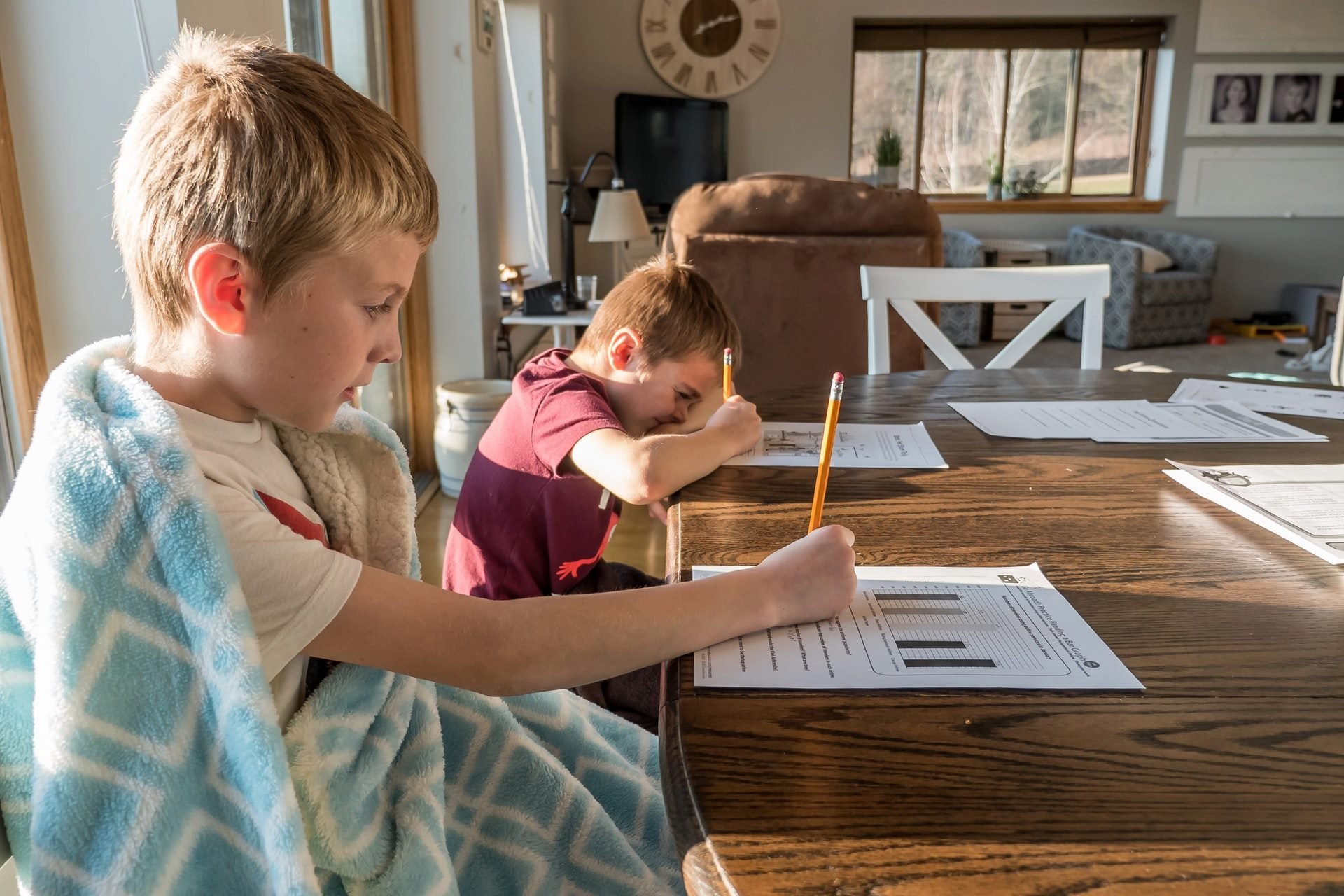Increase the Efficiency of Classroom Transitions with These 5 Strategies
Transitions are a part of everyday life at home and school. However, they can be challenging for children and adults alike, and the demands can be complex! During transitions, the sensory environment is more stimulating, and expectations are often higher than during lessons or structured activities. Often there is more noise in the room, lots of movement, and visual distractions. We expect students to follow multiple-step directions and navigate their bodies through the room while their peers do the same. The following strategies offer ideas to support our students during this frequent occurrence in the school day.

1. Calendar Younger classrooms often have a visual schedule, but older kiddos can benefit too! Offer a written plan for students who can read. When a child asks what is next, refer them to the schedule to teach them to use it. As adults, we often use our planners or apps to keep track of our days. Learning to check a calendar is a tool that kids can use in their childhood and beyond. Be sure to keep your schedule updated to prevent unexpected changes.
2. Provide a Warning Unexpected transitions are more challenging. Think of the last time you experienced a surprise fire drill. It feels alarming and dysregulating! Many children feel this way during routine changes. A simple way to prevent this is by giving the group advance notice of the upcoming transition. You can direct this by announcing how much time they have left or making it more concrete. For example, let them know they can color one more shape, and then they will wash their hands.
3. Keep It Structured We have children with a variety of needs in our classrooms. It can be challenging to develop a transition routine when you have students who need different supports. Some children will complete the transition quickly and become impatient or unsure of what to do while waiting for the next direction. Offer an activity to keep the structure going. For example, when children complete an art project, they can grab a book and return to their seats. When they finish lunch, they can pick a center.
4. Sing it! Move it! An efficient strategy for younger ones, singing provides a constant familiar activity while students complete their transition. You can use the same songs for daily changes to give an extra level of consistency. Similarly, offering a movement activity can provide a motor break and support the flow of the transition. Try marching to the bathroom, tip-toeing to cubbies, or walking heel-to-toe to another room.
5. Recognize a Job Well Done! Transitions are a complex routine to learn for young children. Provide plenty of praise for students who follow directions and stay regulated. Providing positive reinforcement helps students understand what expected behavior looks like by observing what their peers are doing well.
CBS Therapy is passionate about helping children with special needs and serving the schools, therapists, and families who support them. New England’s premier provider of school-based and special education staffing services in the Northeast, CBS Therapy also has therapy clinics that offer speech-language, occupational therapy services.
